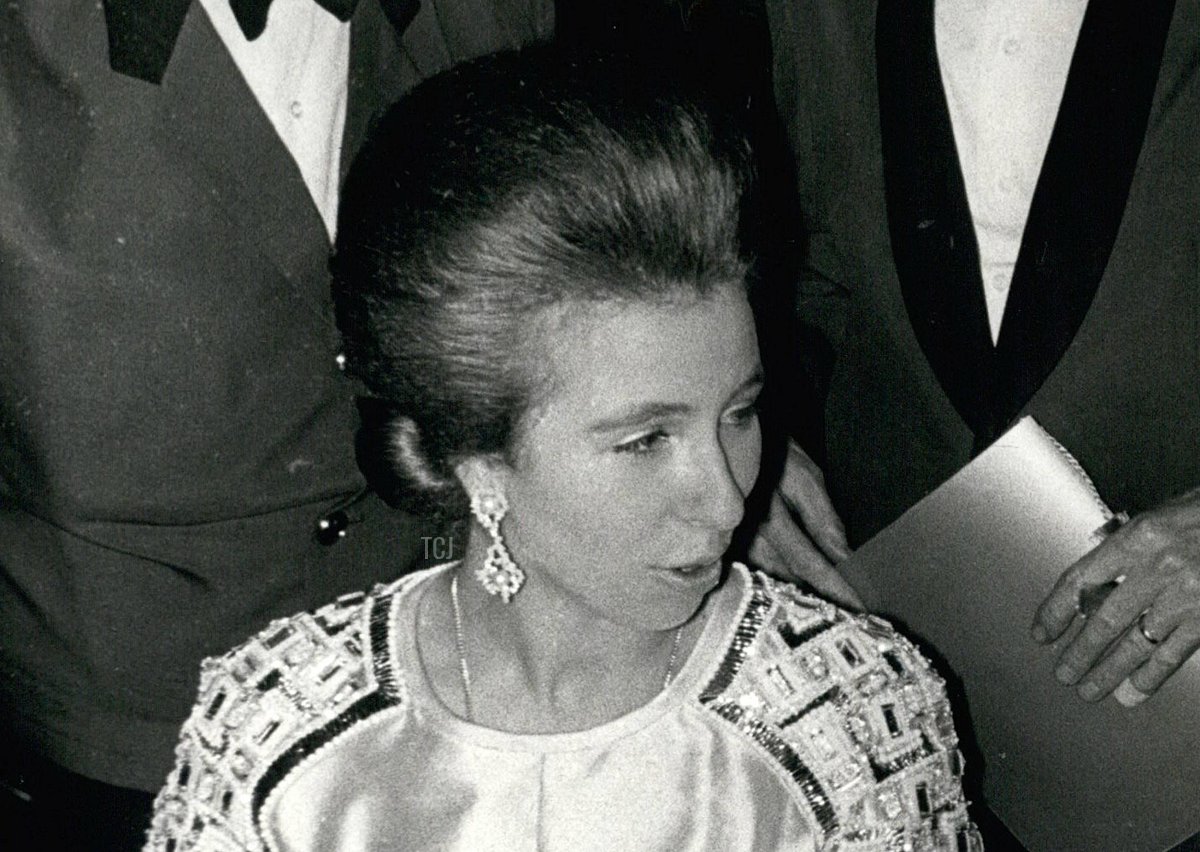
This week, we’re devoting our Sparkling Spotlight posts to jewels worn by a young Princess Anne, who celebrates her birthday on Sunday. Today, we’re kicking things off with a look back at a royal gala from November 1970.
Don’t Miss a Single Sparkling Moment! Sign up for The Court Jeweller Newsletter
Sparkling Royal Jewels From Around the World

This week, we’re devoting our Sparkling Spotlight posts to jewels worn by a young Princess Anne, who celebrates her birthday on Sunday. Today, we’re kicking things off with a look back at a royal gala from November 1970.